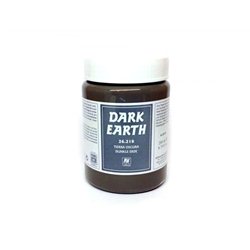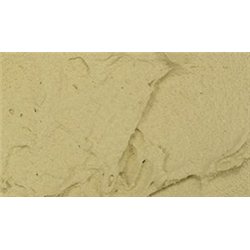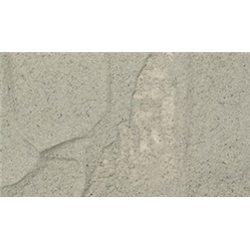Static grass puffer bottles work by manually charging model grass fibres with static electricity. When the charged...
No products
Product successfully added to your shopping cart
There are 0 items in your cart. There is 1 item in your cart.
Search Tips
How can I make a realistic surface for my diorama?
There are a number of ways to create a suitable surface for a diorama.
Where a large surface area is to be created it is useful to use domestic substances that are cheap are readily available. Paper mache has traditionally been used in the creation of landscapes for layouts and dioramas. It can be laid flat or piled and shaped to create uneven effects. It is also fairly forgiving to work with, meaning that it can also work with other structures. For example, when creating hills it can be expedient to use suitable frame to begin with, such as chicken wire. Paper mache strips can then be laid on top of the chicken wire frame to the required level.
Likewise, sawdust can also be used as the base for a landscape, this can be mixed with PVA glue and spackling compound, also known as gypsum powder. This mixture is hard and durable but also has a slow curing time. This allows a modeller time to shape the surface to the required consistency and then leave it to properly dry and cure overnight.
Many modelling manufacturers have produced pastes to help modellers to create realistic-looking landscape surfaces easily. One example of this is the Earth Texture range by Vallejo. These are acrylic-based pastes that can be applied straight from the pot onto a diorama. The advantage of using these pastes is that they are readily available in a range of suitable colours such as dark and light earth and sand. The pastes can be easily applied by brush or spatula and also have adhesive qualities, thus ensuring that they can be used to secure other scene elements in places such as scatter or similar foliage.
These pastes can work well in combination with the other methods mentioned above. They can be used to provide a suitable surface texture on a large either a large or small diorama.
Click here to receive the tips weekly in your mailbox. You can unsubscribe at any time.










